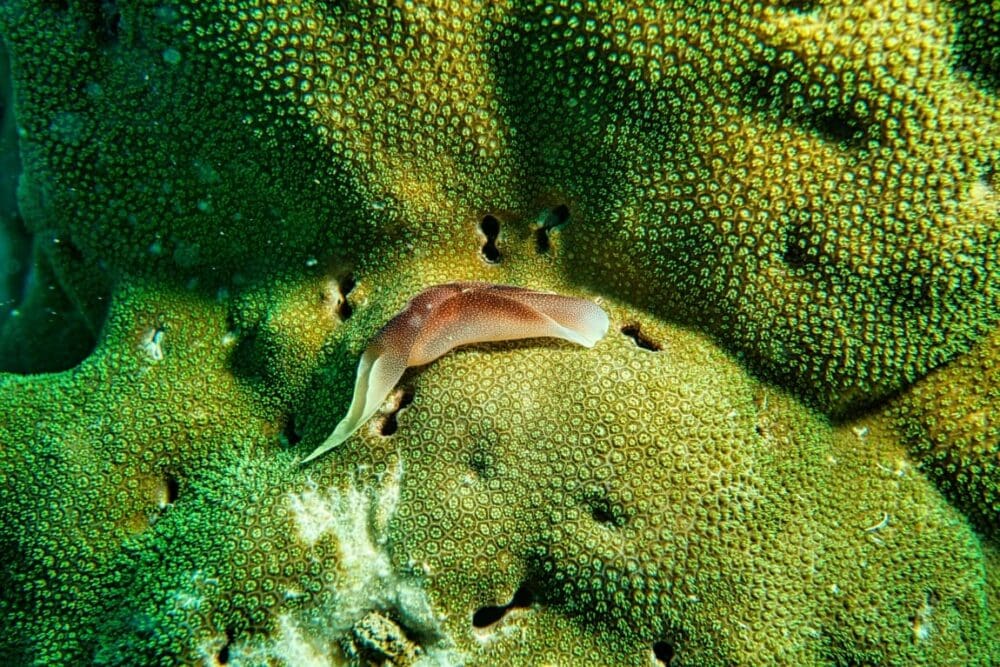A team of scientists from the USA and UK has used artificial intelligence (AI) to map the activities of seafloor invertebrate animals, such as worms, clams and shrimps, across all the oceans of the world.
The research, led by Texas A&M University (USA) with investigators from the University of Southampton (UK) and Yale University (USA), combined large datasets, with machine learning techniques, to reveal the critical factors that support and maintain the health of marine ecosystems.
Marine sediments are extremely diverse and cover the majority of the Earth’s surface. By stirring up and churning the seafloor – a process known as ‘bioturbation’ – small creatures living in the sediments can have a big impact in regulating global carbon, nutrient and biogeochemical cycles. Rather like worms turning and enriching the soil in our garden, invertebrates are doing the same on the seabed – improving conditions for ocean life.
Understanding how these processes operate in different regions of the world gives scientists important insights into what is driving the health of oceans and how they may respond to climate change.
This latest study hugely expands this knowledge by, for the first time, providing a way to predict and map the contributions seafloor creatures make at any point around the world.
Findings of the study are published in the journal Current Biology.
“Knowing how bioturbation links to other aspects of the environment means that we are now better equipped to predict how these systems might change in response to climate change,” commented Dr Shuang Zhang, lead researcher and assistant professor at the Department of Oceanography, Texas A&M University.
Martin Solan, Professor of Marine Ecology at the University of Southampton’s School of Ocean and Earth Science adds: “We have known for some time that ocean sediments are extremely diverse and play a fundamental role in mediating the health of the ocean, but only now do we have insights about where, and by how much, these communities contribute. For example, the way in which these communities affect important aspects of ocean ecosystems are very different between the coastlines and the deep sea.”
The researchers used existing datasets on sea creature activity and the depth of their sediment mixing – data sourced from hundreds of test points around the world. By using this information to train from, and relating it to a variety of environmental conditions, the AI was able to make accurate predictions about what is happening in sediment on the seafloor, at any point globally.
The team found that a complex combination of a variety of environment conditions influence bioturbation and that this varies around the world. A multitude of factors, such as water depth, temperature, salinity, distance from land, animal abundance and nutrient availability all play a role. In turn, this affects the activity of invertebrate animals and ultimately the health of ocean ecosystems.
“Through our analysis, we discovered that not just one, but multiple environmental factors jointly influence seafloor bioturbation and the ecosystem services these animals provide,” Dr Lidya Tarhan, Assistant Professor at the Department of Earth and Planetary Sciences, Yale University, said. “This includes factors that directly impact food supply, underlying the complex relationships that sustain marine life, both today and in Earth’s past.”
The team hope their study will help with developing strategies to mitigate habitat deterioration and protect marine biodiversity.
“Our analysis suggests that the present global network of marine protected areas does not sufficiently protect these important seafloor processes, indicating that protection measures need to be better catered to promote ecosystem health.” added Dr Lidya Tarhan.
More information: Shuang Zhang, Martin Solan, Lidya Tarhan, ‘Global distribution and environmental correlates of marine bioturbation’, Current Biology (2024); DOI: 10.1016/j.cub.2024.04.065. University of Southampton – Press Release. Featured image credit: Tom Fisk | Pexels




